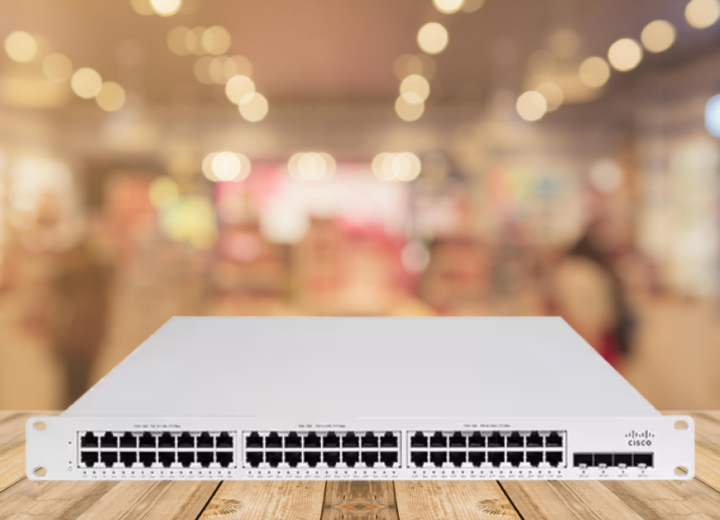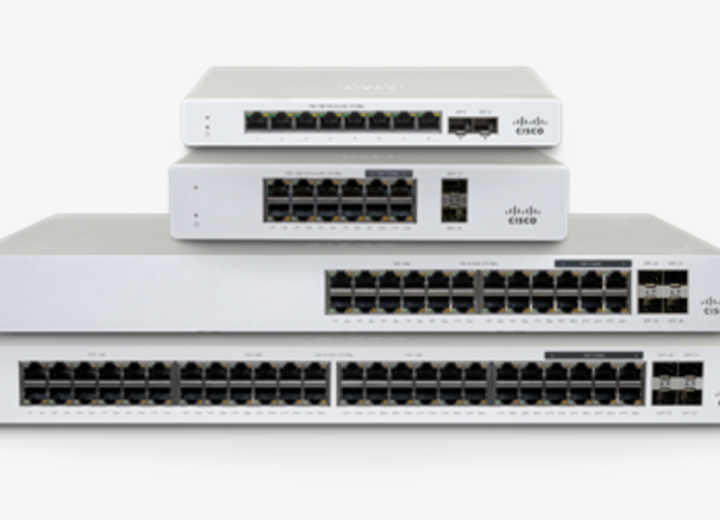When it comes to networking equipment, Cisco has long been a leading provider, offering a wide range of solutions to meet the diverse needs of businesses. Two popular product lines from Cisco, Catalyst and Nexus, have gained significant attention in the networking industry. In this blog post, we will delve into the differences between Cisco Catalyst and Cisco Nexus, highlighting their unique features and advantages.
Cisco Catalyst: Powering Traditional Networks

Cisco Catalyst series has established its reputation as a reliable and robust solution for traditional network environments. Here are some key features and advantages of Cisco Catalyst:
- Flexibility and Versatility: Cisco Catalyst switches offer a wide range of models and configurations, making them suitable for various deployment scenarios, from small businesses to large enterprises.
- Advanced Layer 2 and Layer 3 Features: Catalyst switches provide comprehensive layer 2 and layer 3 functionalities, including VLANs, STP, Ether Channel, and dynamic routing protocols. These features enable efficient traffic management and enhance network performance.
- Extensive Security Capabilities: Catalyst switches incorporate advanced security features such as Access Control Lists (ACLs), Port Security, and DHCP Snooping. These robust security measures help protect your network infrastructure and sensitive data from unauthorized access.
- Simplified Network Management: Cisco Catalyst switches are well-known for their intuitive graphical user interfaces (GUI) and command-line interfaces (CLI), which simplify network configuration, monitoring, and troubleshooting tasks.
Cisco Nexus: Empowering Data Centre Networks

Cisco Nexus switches are designed specifically for data centre environments, catering to the demanding requirements of modern virtualised infrastructures. Let’s explore the distinctive features and advantages of Cisco Nexus:
- High Performance and Scalability: Nexus switches are built to handle the increasing data volumes and bandwidth demands of data centre networks. They offer high-speed connectivity options, such as 10G, 40G, 100G all the way up to 800G interfaces, ensuring seamless data transfer and reducing latency.
- Virtualization-Ready: Nexus switches excel in supporting virtualisation technologies, including VMware, Hyper-V, and KVM. They offer features like Virtual Port Channels (vPC), Virtual Extensible LAN (VXLAN), and Fabric Extender (FEX), which enhance network virtualisation and streamline virtual machine (VM) mobility.
- Enhanced Network Visibility: Cisco Nexus switches provide deep visibility into network traffic flows, enabling efficient monitoring and analysis. This visibility helps administrators identify and resolve network bottlenecks, optimising performance and ensuring reliable service delivery.
- Unified Fabric: Nexus switches embrace the concept of a unified fabric, consolidating data, storage, and management traffic onto a single network infrastructure. This convergence simplifies network architecture, reduces costs, and enhances overall efficiency.
Choosing between Cisco Catalyst and Cisco Nexus switches ultimately depends on the specific requirements of your network environment. While Catalyst switches excel in traditional networks, offering versatility and robust security, Nexus switches are tailored for data centre environments, providing high performance and virtualisation capabilities.
Reach out to us for an informal chat about what range is best for your needs here.




